Art and Architecture: Macklowe Art and Architecture
Looking for clear guides on buildings, styles, and design? Macklowe Art and Architecture collects readable articles on architecture, history, and art. We cover everything from ancient Roman engineering to modern minimalism, with practical tips for travelers, homeowners, and students.
What you'll find here
Browse seventy posts on architecture and design, fifty-three on architectural styles, and focused reads on preservation, sustainability, and urban design. Each piece shows real examples, spotting tips, and short histories you can use on a trip or renovation.
How to use this site
Start with popular guides like Roman architecture or Gothic Revival, or search categories for specific ideas. Use our travel tips to find hidden gems, read restoration posts for hands-on preservation advice, and explore culture articles to understand how society shapes buildings. Want a quick win? Check the beginners' guides for simple terms and fast spotting tricks. Bookmark favorites, follow tags, and come back when you plan a project or a trip. We keep content practical, up to date, and easy to read so you can learn fast and apply what you find.
Subscribe for updates, quick reads, and field-tested ideas you can use right away today now.

Mid-Century Modern: A Style That Defies Time
Mid-century modern design combines clean lines, natural materials, and functional beauty. Discover why this 1950s style still dominates homes today-and how to bring its timeless appeal into your space without going overboard.
Read more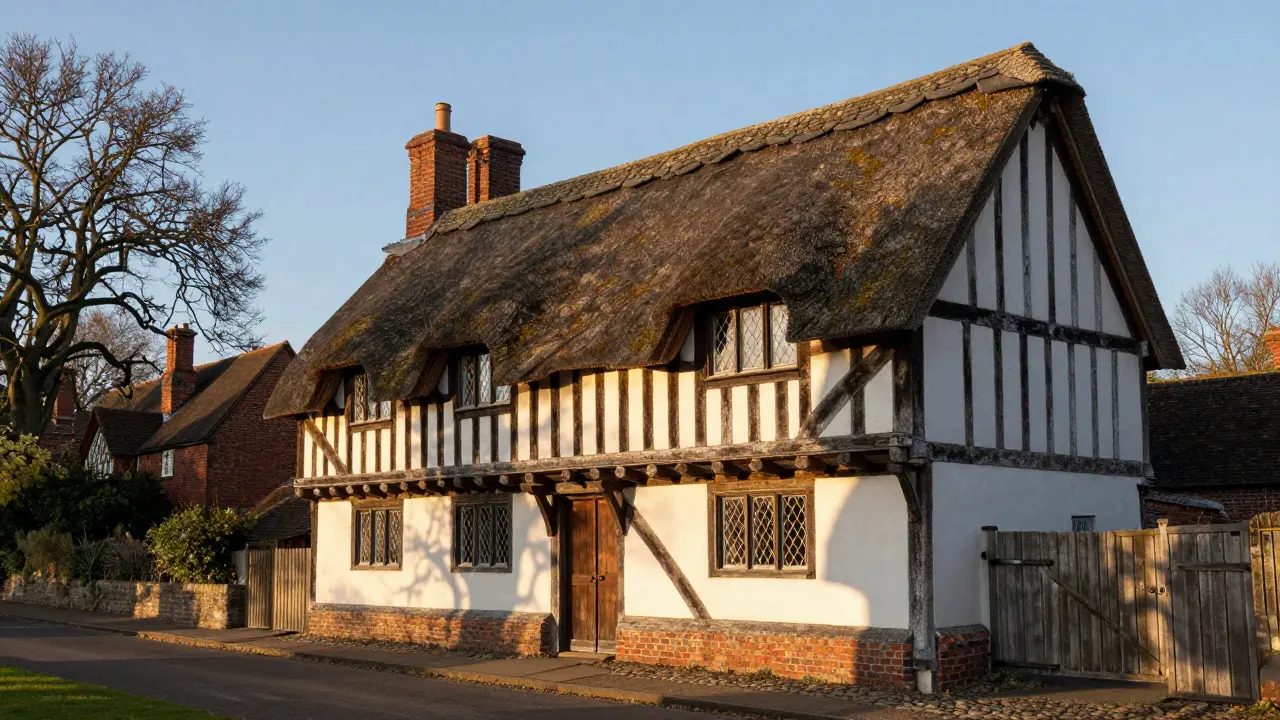
The Timeless Tudor Architecture: A Classic Revived
Tudor architecture blends medieval craftsmanship with timeless charm, featuring half-timbered walls, steep roofs, and ornate chimneys. Once fading into obscurity, it's now making a comeback in modern homes for its durability, character, and energy efficiency.
Read more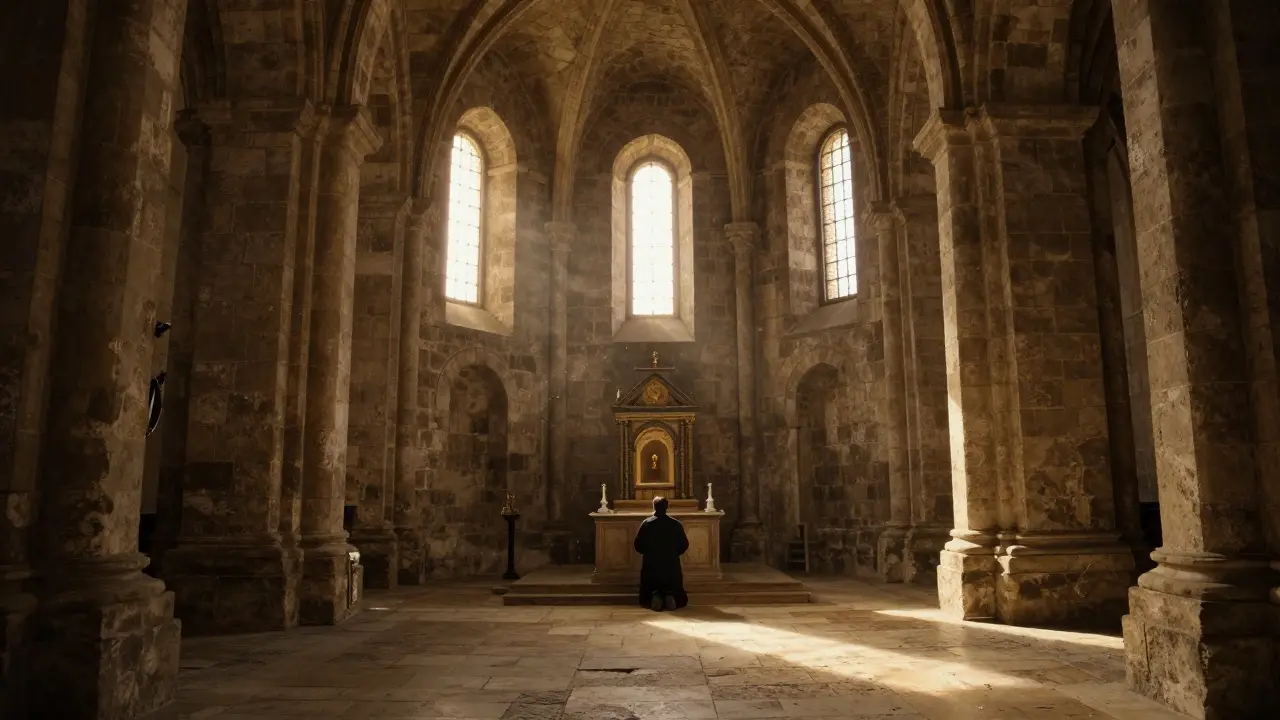
The Enduring Legacy of Romanesque Architecture
Romanesque architecture shaped medieval Europe with its thick stone walls, rounded arches, and enduring churches. Still standing today, it laid the foundation for Gothic design and remains a powerful symbol of permanence and faith.
Read more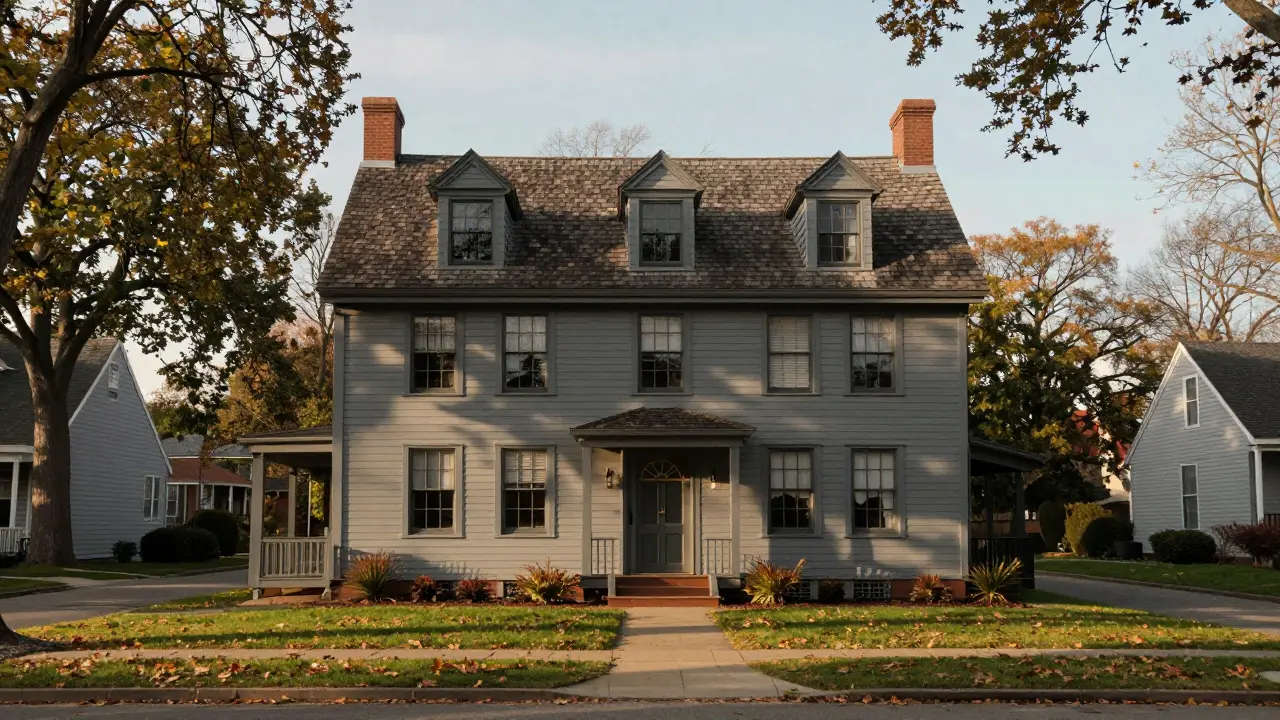
Dutch Colonial Revival Architecture: How This Style Shaped American Homes
Dutch Colonial Revival architecture features iconic gambrel roofs and symmetrical designs rooted in 17th-century Dutch settlements. Learn its history, key features, and why it's still valued today.
Read more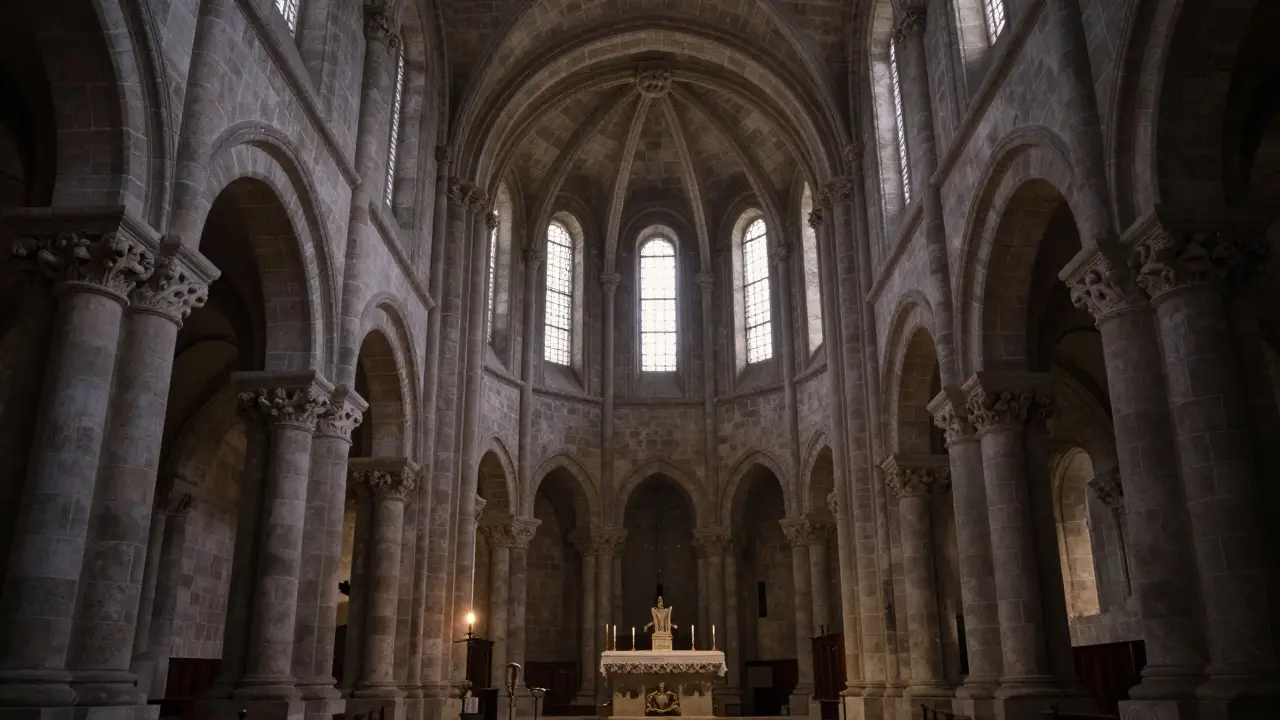
Romanesque Architecture: A Story of Strength and Beauty
Romanesque architecture combines massive stone walls, rounded arches, and sculpted facades to create enduring churches that blend strength with spiritual awe. Built between 800 and 1200 AD, these structures still stand across Europe as testaments to medieval craftsmanship.
Read more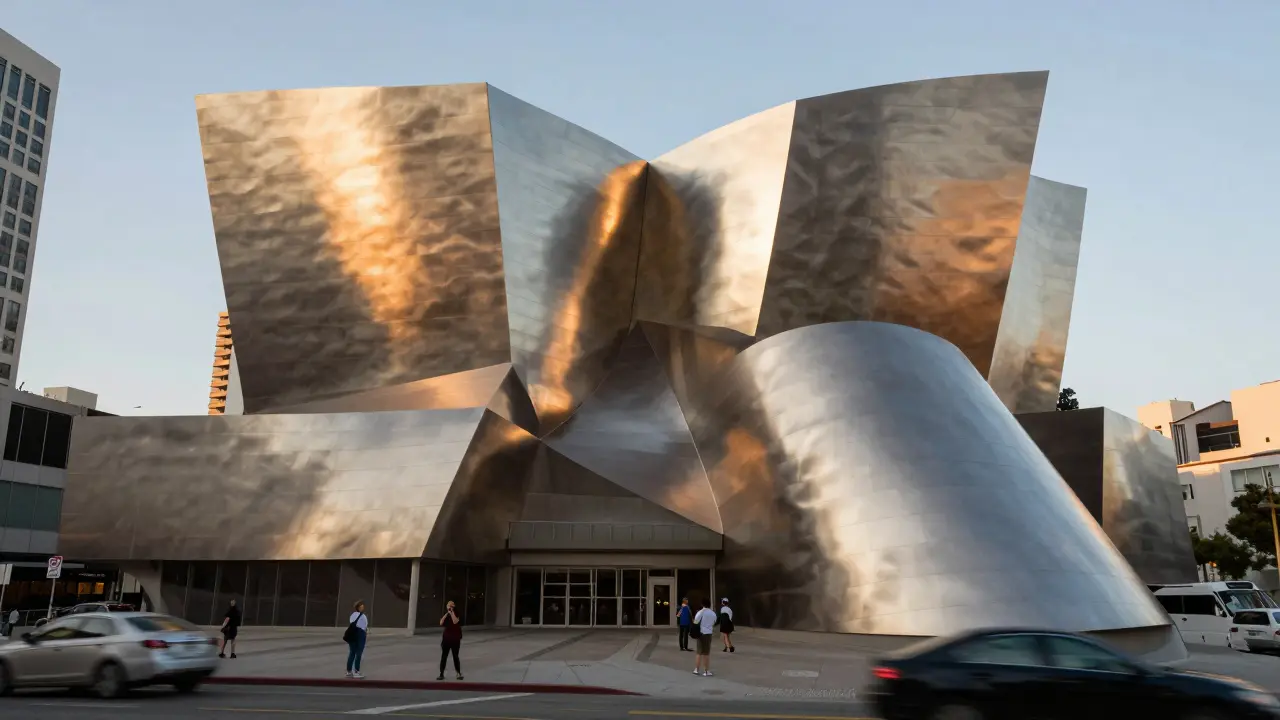
Why Deconstructivism Is Redefining Modern Design
Deconstructivism is reshaping modern design by rejecting symmetry and embracing chaos with purpose. From iconic buildings to everyday objects, it’s creating spaces that feel raw, emotional, and deeply human.
Read more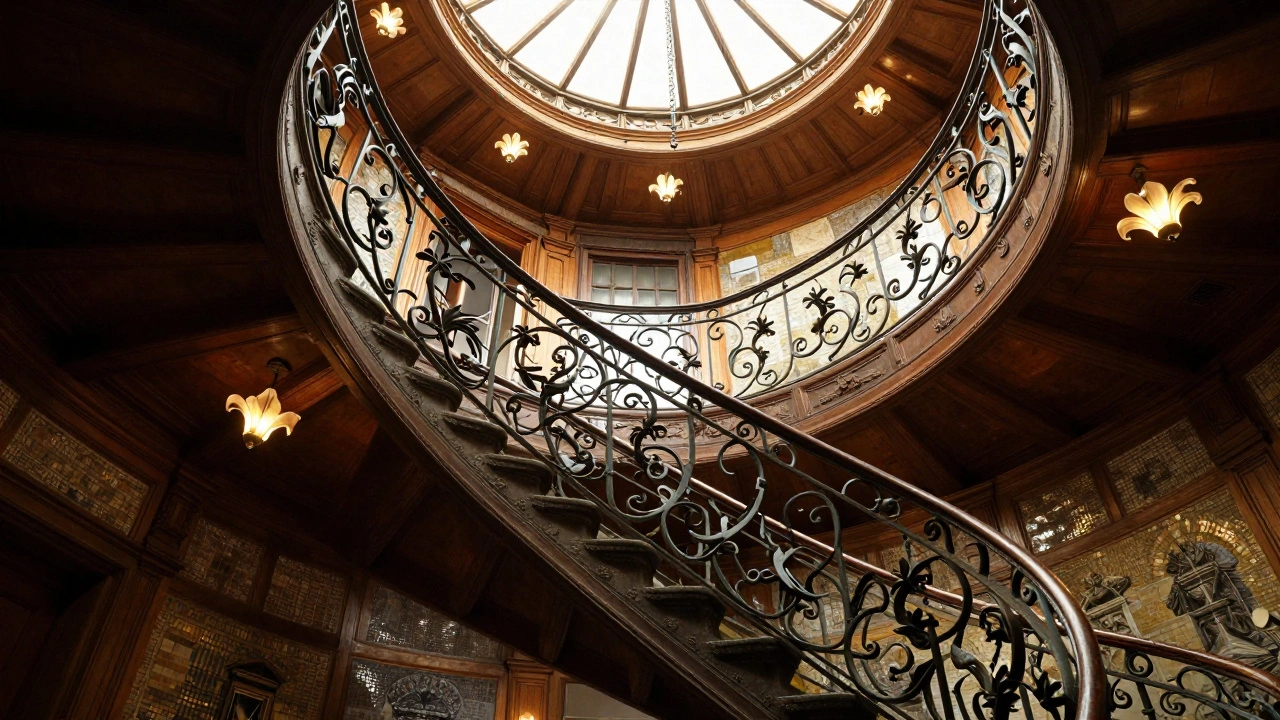
The Enchanting World of Art Nouveau Architecture: Curves, Nature, and Craftsmanship
Art nouveau architecture blends nature and craftsmanship into flowing, organic buildings that feel alive. Discover its key features, famous examples, and why it still inspires design today.
Read more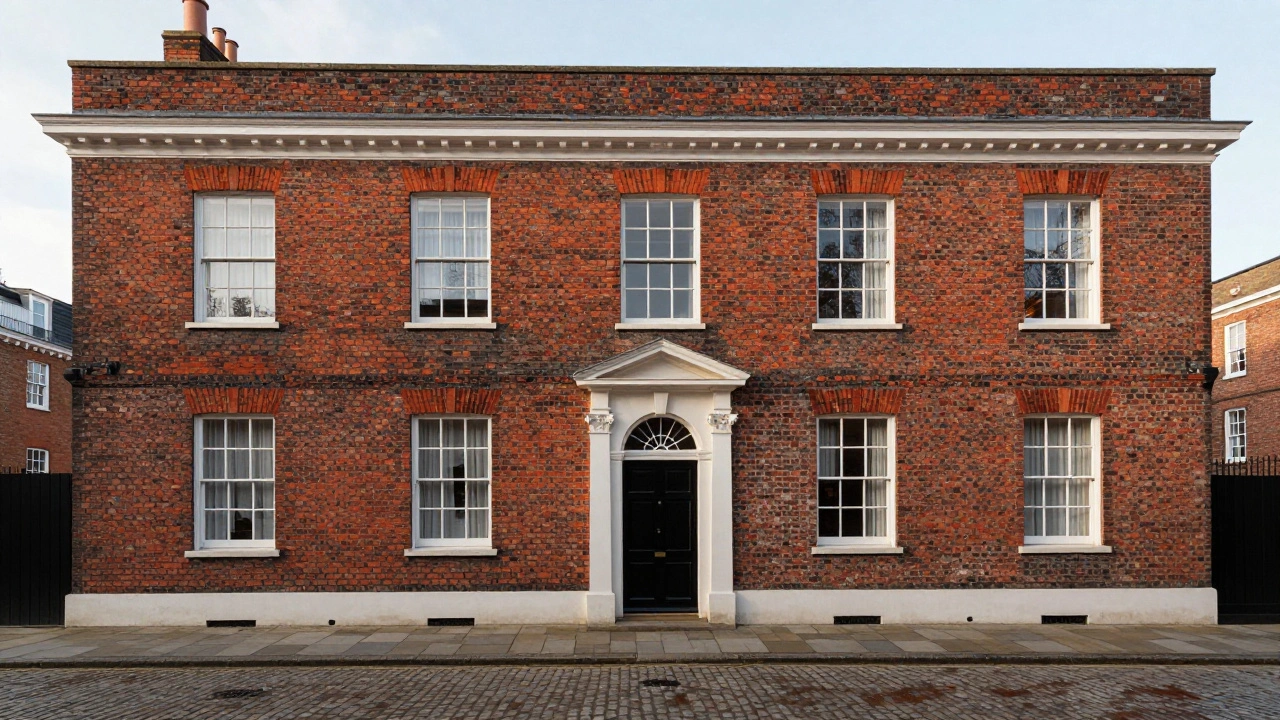
How Georgian Architecture Evolved Through Centuries
Georgian architecture evolved from classical principles into a timeless style defined by symmetry, proportion, and craftsmanship. Built between 1714 and 1830, its enduring appeal lies in its durability, functionality, and quiet elegance.
Read more
How Revivalism is Shaping Contemporary Art
Revivalism in contemporary art isn't about copying the past-it's using historical styles to question today's world. From neo-Gothic installations to Byzantine-inspired NFTs, artists are blending old techniques with modern concerns to create powerful, meaningful work.
Read more
The American Craftsman: How Art, Functionality, and History Shape This Enduring Home Style
The American Craftsman style blends handcrafted woodwork, functional design, and natural materials to create homes that are both beautiful and built to last. Rooted in the Arts and Crafts movement, these houses remain popular for their warmth, durability, and timeless appeal.
Read more